This article was medically reviewed by Luba Lee, FNP-BC, MS and by wikiHow staff writer, Madeleine Criglow. Luba Lee, FNP-BC is a Board-Certified Family Nurse Practitioner (FNP) and educator in Tennessee with over a decade of clinical experience. Luba has certifications in Pediatric Advanced Life Support (PALS), Emergency Medicine, Advanced Cardiac Life Support (ACLS), Team Building, and Critical Care Nursing. She received her Master of Science in Nursing (MSN) from the University of Tennessee in 2006.
There are 10 references cited in this article, which can be found at the bottom of the page.
wikiHow marks an article as reader-approved once it receives enough positive feedback. This article received 34 testimonials and 100% of readers who voted found it helpful, earning it our reader-approved status.
This article has been viewed 1,008,118 times.
If you've had a run-in with a wasp or a hornet, it can be really painful. Unfortunately, these things happen, no matter how much you try to avoid it (or how much bug spray you wear). Thankfully, there are many ways you can relieve your symptoms fast. Once you get the proper care, your symptoms should subside in just a few days.[1]
Steps
Immediate Relief
-
1Remove the stinger if you haven't already. Use a clean, blunt object to scrape off the stinger, like a dull knife, a credit card, or your fingernail. Don't pull out the stinger, as this can cause more venom to spread.[2]
-
2Wash the sting with soap and water. Continue to do this 3 times a day until the sting has healed. Keeping the area clean helps prevent infection.[3]Advertisement
-
3Ice the area. The best thing you can do for this sting is to ice it. Place ice in a wrap of some sort and keep it on the area for 10 minutes. Remove the ice for 10 minutes and then reapply it. Keep doing this in 10-minute increments for 30 to 60 minutes. This can provide immediate relief to the pain and itchiness you may be experiencing.[4]
- Wrap an ice pack or some ice cubes in a towel or an old flannel. Just make sure you don't apply the ice directly, as this can be too harsh on your skin.
-
4Elevate the sting if it's on your arm or leg. This helps reduce immediate swelling. If the sting is on your arm, raise your arm in the air. If you've been stung on the leg, lie down and elevate your leg on a pillow. It's also a good idea to remove any tight-fitting clothing or rings. These can be really hard to remove once the sting has started to swell.[5]
-
5Avoid scratching the sting as best you can. Scratching can irritate the sting and prolong your symptoms. It can also increase your risk of developing an infection. Refrain from itching no matter how much you want to.[6]
- If a little kid has been stung, cut their fingernails short and keep their hands clean. They may struggle to stop scratching the sting, so this can help reduce its impact.
Expert Q&A
Did you know you can get expert answers for this article?
Unlock expert answers by supporting wikiHow
-
QuestionI got stung on my elbow two days ago. We got the stinger out. Now my arm is swollen, the area feels hot, and it burns and itches. What do I do?
 Marsha Durkin, RNMarsha Durkin is a Registered Nurse and Laboratory Information Specialist for Mercy Hospital and Medical Center in Illinois. She received her Associates Degree in Nursing from Olney Central College in 1987.
Marsha Durkin, RNMarsha Durkin is a Registered Nurse and Laboratory Information Specialist for Mercy Hospital and Medical Center in Illinois. She received her Associates Degree in Nursing from Olney Central College in 1987.
Registered Nurse
-
QuestionI was stung on my foot three days ago, and the swelling is travelling up my leg. Is this normal?
 Marsha Durkin, RNMarsha Durkin is a Registered Nurse and Laboratory Information Specialist for Mercy Hospital and Medical Center in Illinois. She received her Associates Degree in Nursing from Olney Central College in 1987.
Marsha Durkin, RNMarsha Durkin is a Registered Nurse and Laboratory Information Specialist for Mercy Hospital and Medical Center in Illinois. She received her Associates Degree in Nursing from Olney Central College in 1987.
Registered Nurse
-
QuestionCan a hornet sting multiple times?
 Marsha Durkin, RNMarsha Durkin is a Registered Nurse and Laboratory Information Specialist for Mercy Hospital and Medical Center in Illinois. She received her Associates Degree in Nursing from Olney Central College in 1987.
Marsha Durkin, RNMarsha Durkin is a Registered Nurse and Laboratory Information Specialist for Mercy Hospital and Medical Center in Illinois. She received her Associates Degree in Nursing from Olney Central College in 1987.
Registered Nurse
Warnings
- If there is any further reaction (trouble breathing, severe swelling, etc.), go to an emergency room or call emergency services immediately as some of these incidences can be life-threatening, especially if allergic to wasps or hornets.[18]⧼thumbs_response⧽
References
- ↑ https://www.mayoclinic.org/first-aid/first-aid-insect-bites/basics/art-20056593
- ↑ https://www.hopkinsmedicine.org/health/conditions-and-diseases/insect-stings
- ↑ https://kidshealth.org/en/parents/insect-bite.html
- ↑ https://www.hopkinsmedicine.org/health/conditions-and-diseases/insect-stings
- ↑ https://www.mayoclinic.org/first-aid/first-aid-insect-bites/basics/art-20056593
- ↑ https://www.nhs.uk/conditions/insect-bites-and-stings/treatment/
- ↑ https://health.clevelandclinic.org/top-treatments-for-kids-bee-stings-and-bug-bites/
- ↑ https://youtu.be/tOBbtzHan8k?t=113
- ↑ https://www.mayoclinic.org/first-aid/first-aid-insect-bites/basics/art-20056593
- ↑ https://www.hopkinsmedicine.org/health/conditions-and-diseases/insect-stings
- ↑ https://medlineplus.gov/druginfo/meds/a682793.html
- ↑ https://www.mayoclinic.org/first-aid/first-aid-insect-bites/basics/art-20056593
- ↑ https://www.mayoclinic.org/first-aid/first-aid-insect-bites/basics/art-20056593
- ↑ https://www.nhs.uk/conditions/insect-bites-and-stings/
- ↑ https://www.nhs.uk/conditions/insect-bites-and-stings/
- ↑ https://www.mountsinai.org/health-library/poison/wasp-sting
- ↑ https://medlineplus.gov/druginfo/meds/a603002.html
- ↑ https://www.mayoclinic.org/first-aid/first-aid-insect-bites/basics/art-20056593
About This Article
If you need to treat a wasp or hornet sting, elevate the affected area and remove any tight-fitting clothing. Place an ice pack or wrapped ice cubes over the sting and hold it in place for about 10 minutes. You can repeat this as many times as necessary until the pain and itching subside. You can also place a gauze bandage soaked in vinegar on the area to help neutralize the alkaline sting. If the person experiences difficulty breathing, rapid heartbeat, or loss of consciousness, call for emergency help right away. Keep reading for advice from our medical reviewer about alternative remedies to treat a sting, like toothpaste or honey.
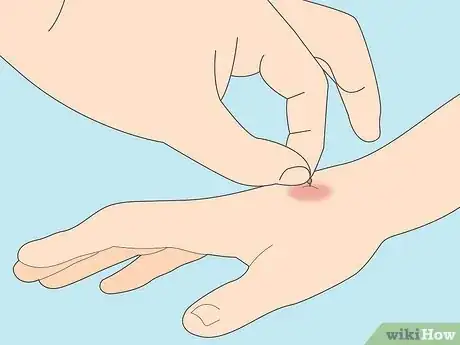
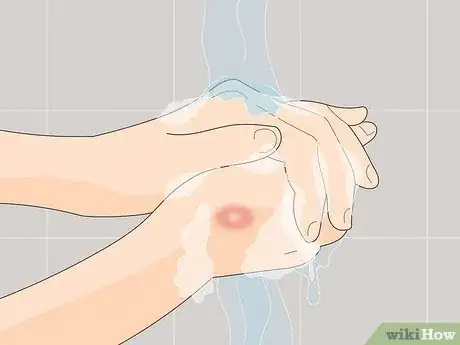
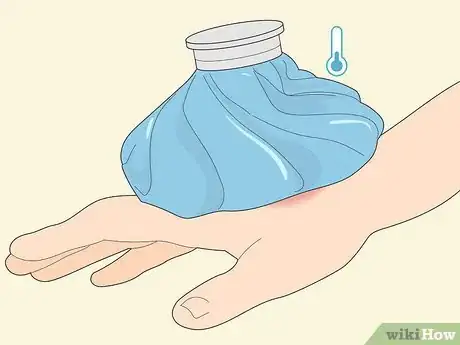
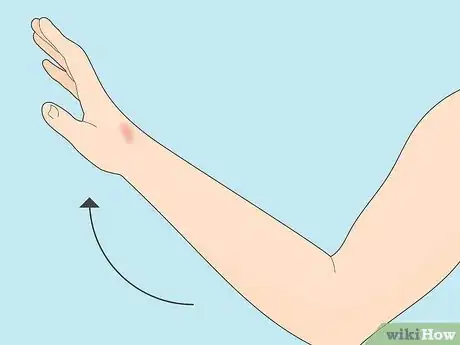
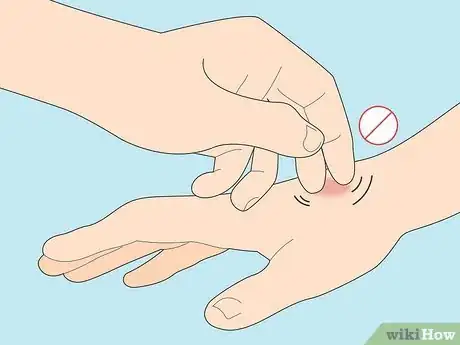
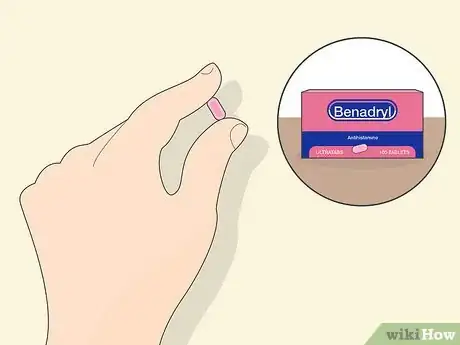
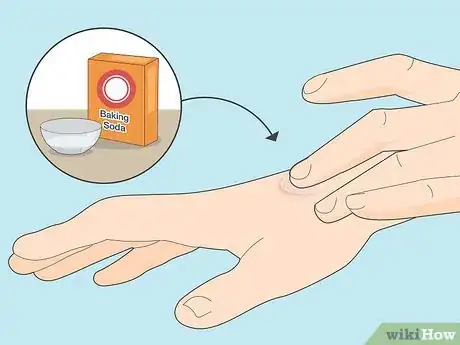
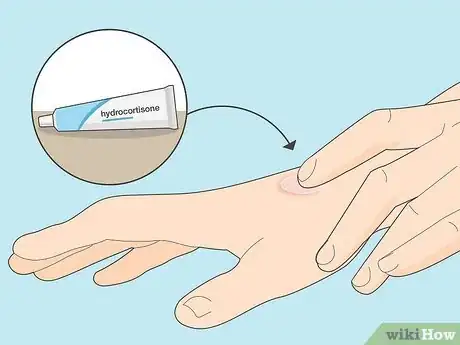
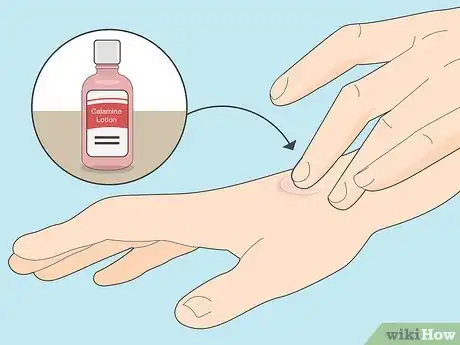

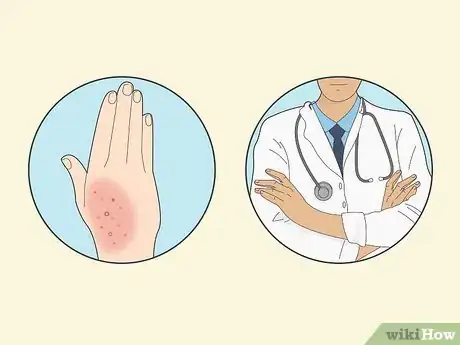
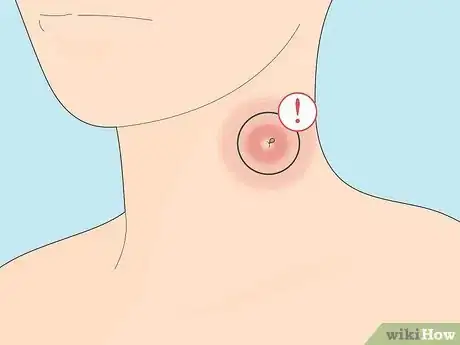
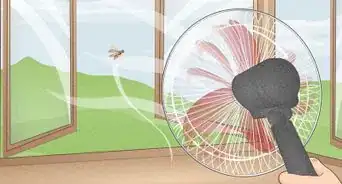
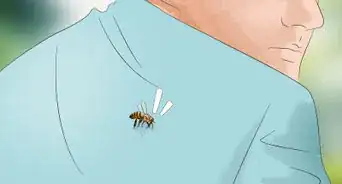
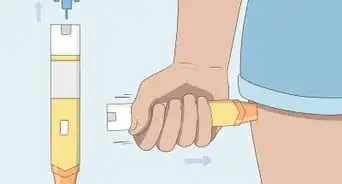
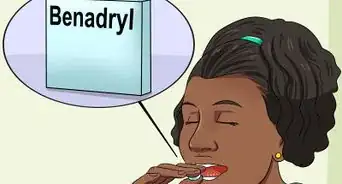
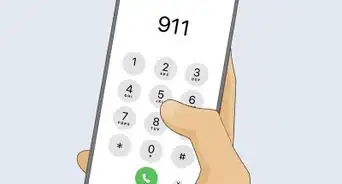
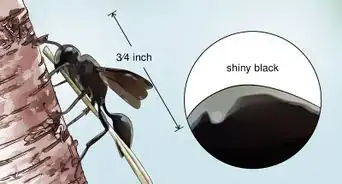
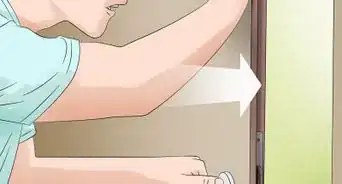
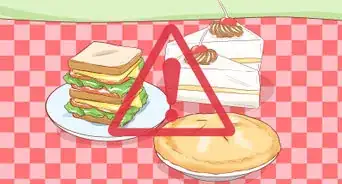
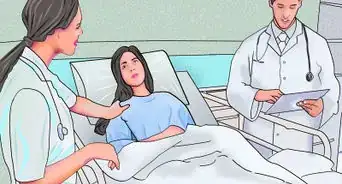
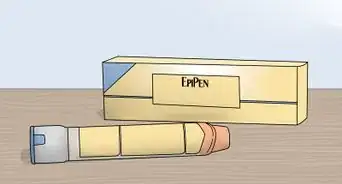
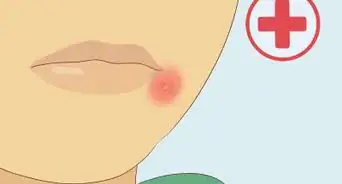
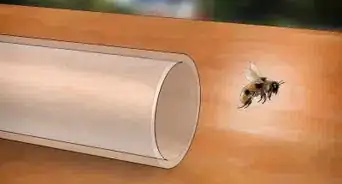
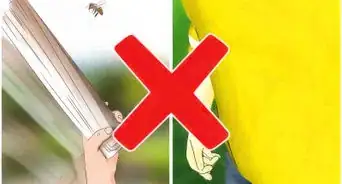
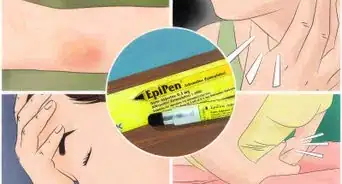










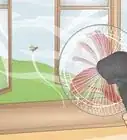
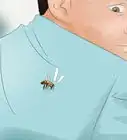
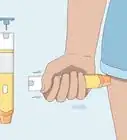
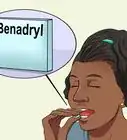



































Medical Disclaimer
The content of this article is not intended to be a substitute for professional medical advice, examination, diagnosis, or treatment. You should always contact your doctor or other qualified healthcare professional before starting, changing, or stopping any kind of health treatment.
Read More...